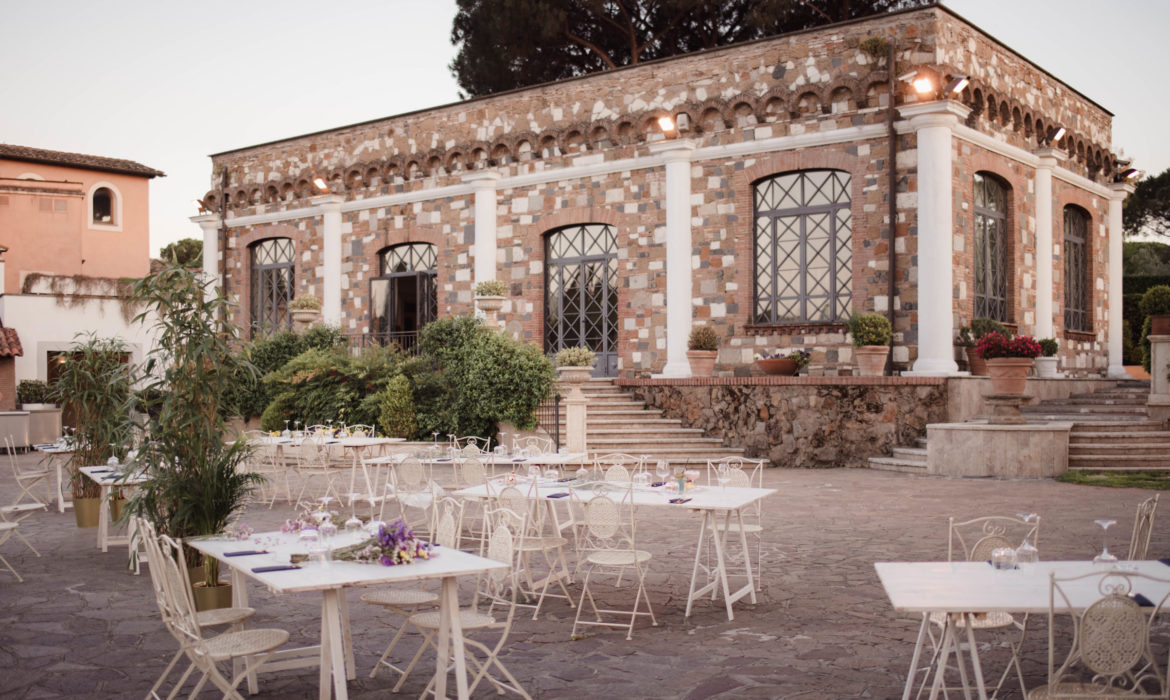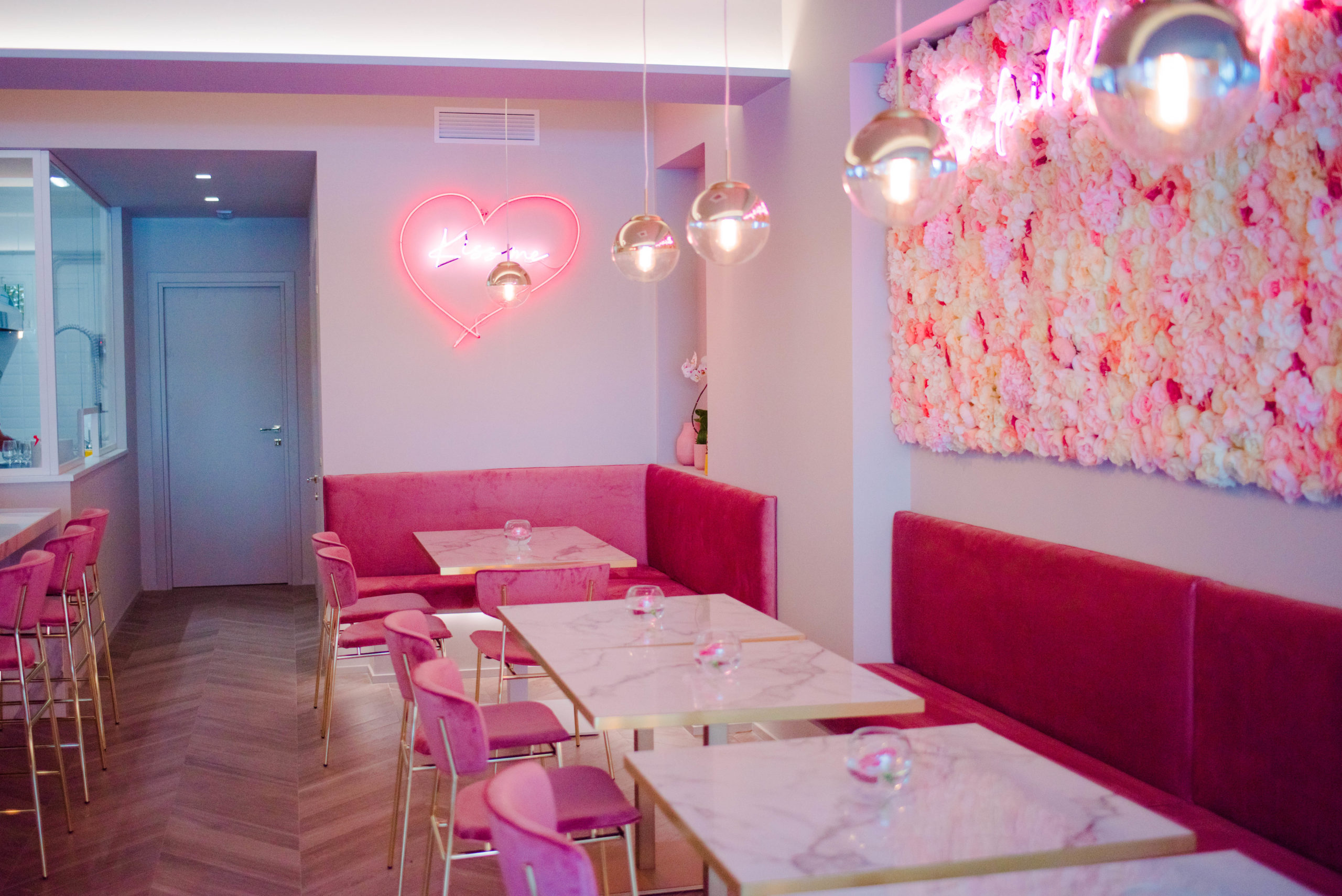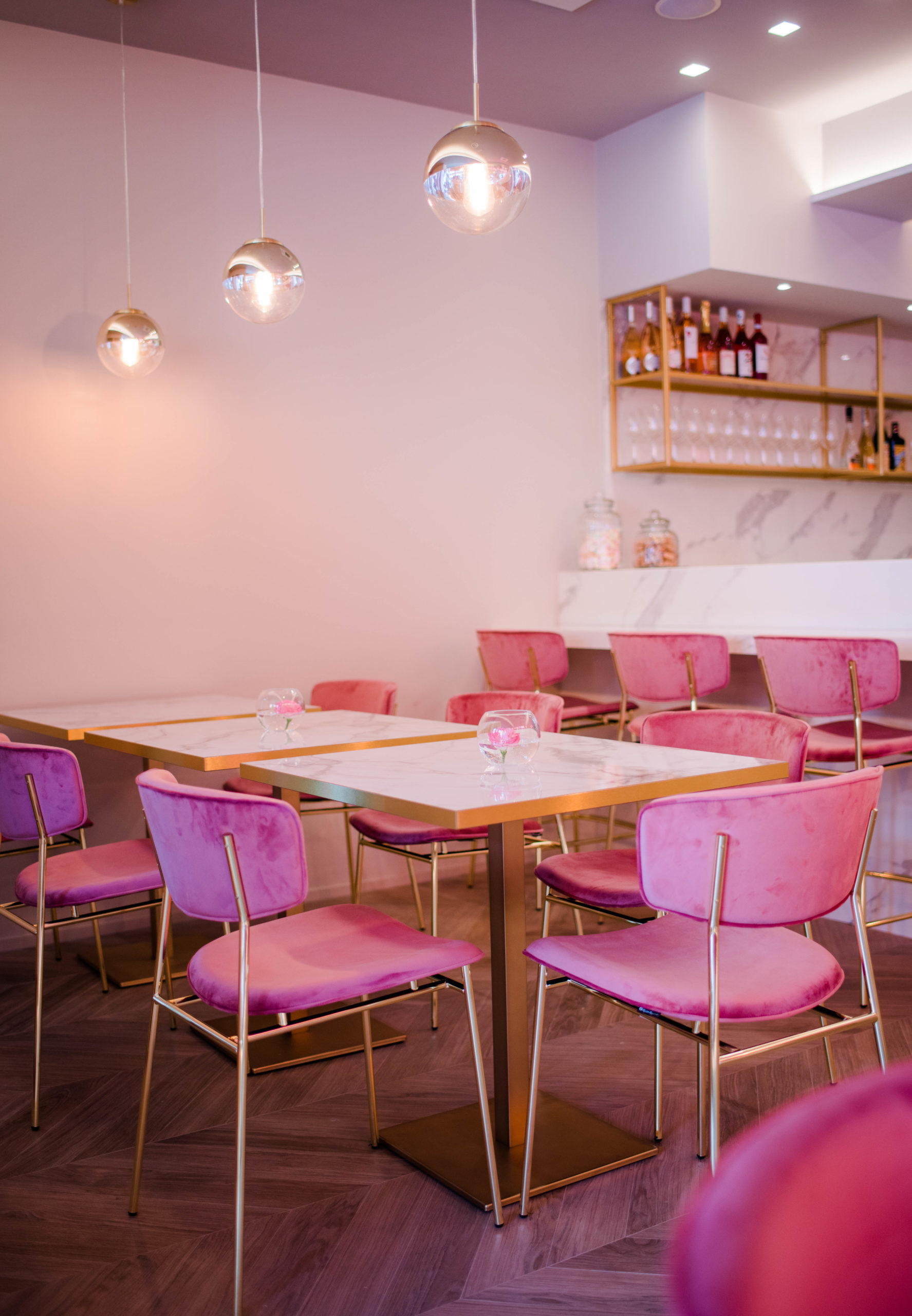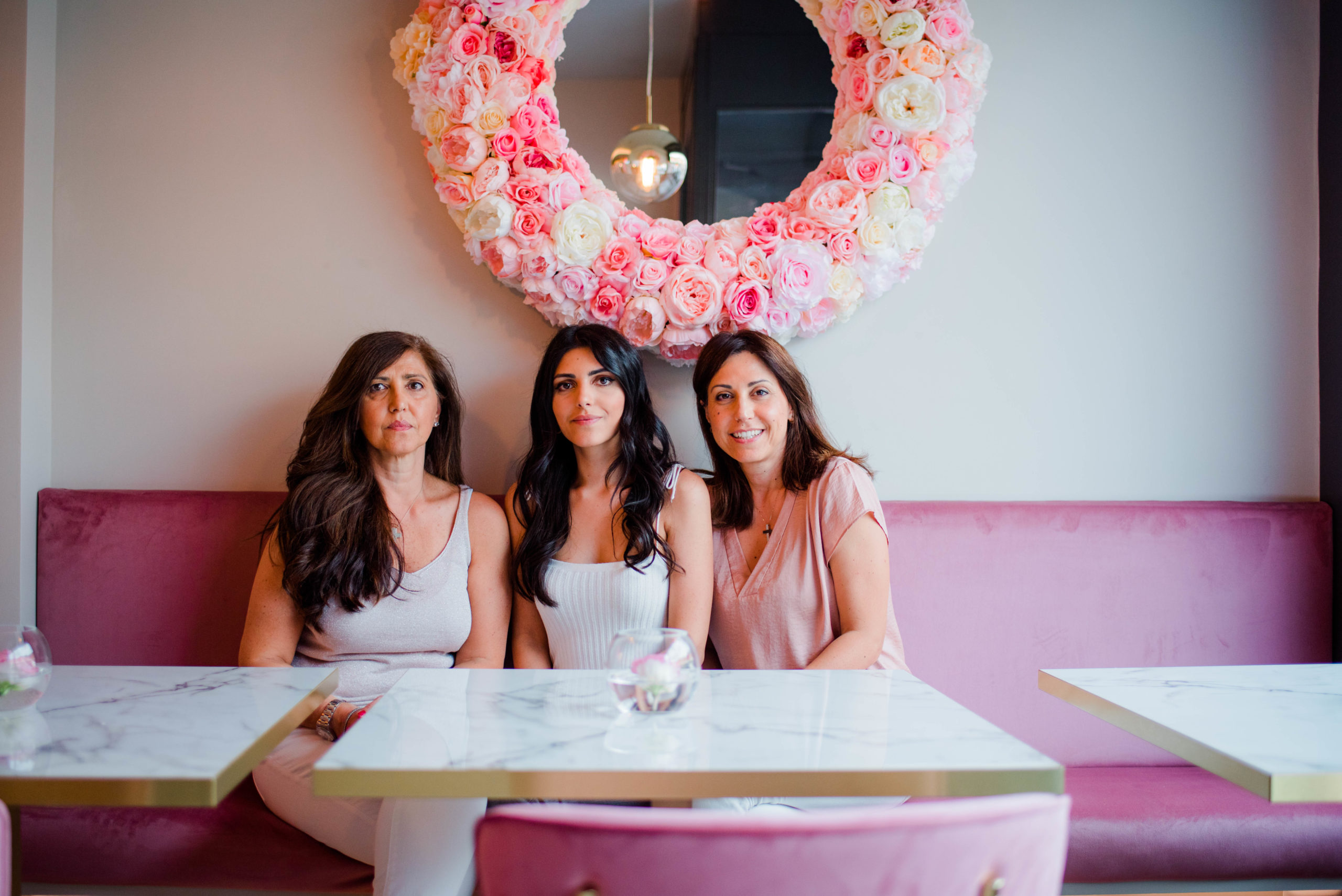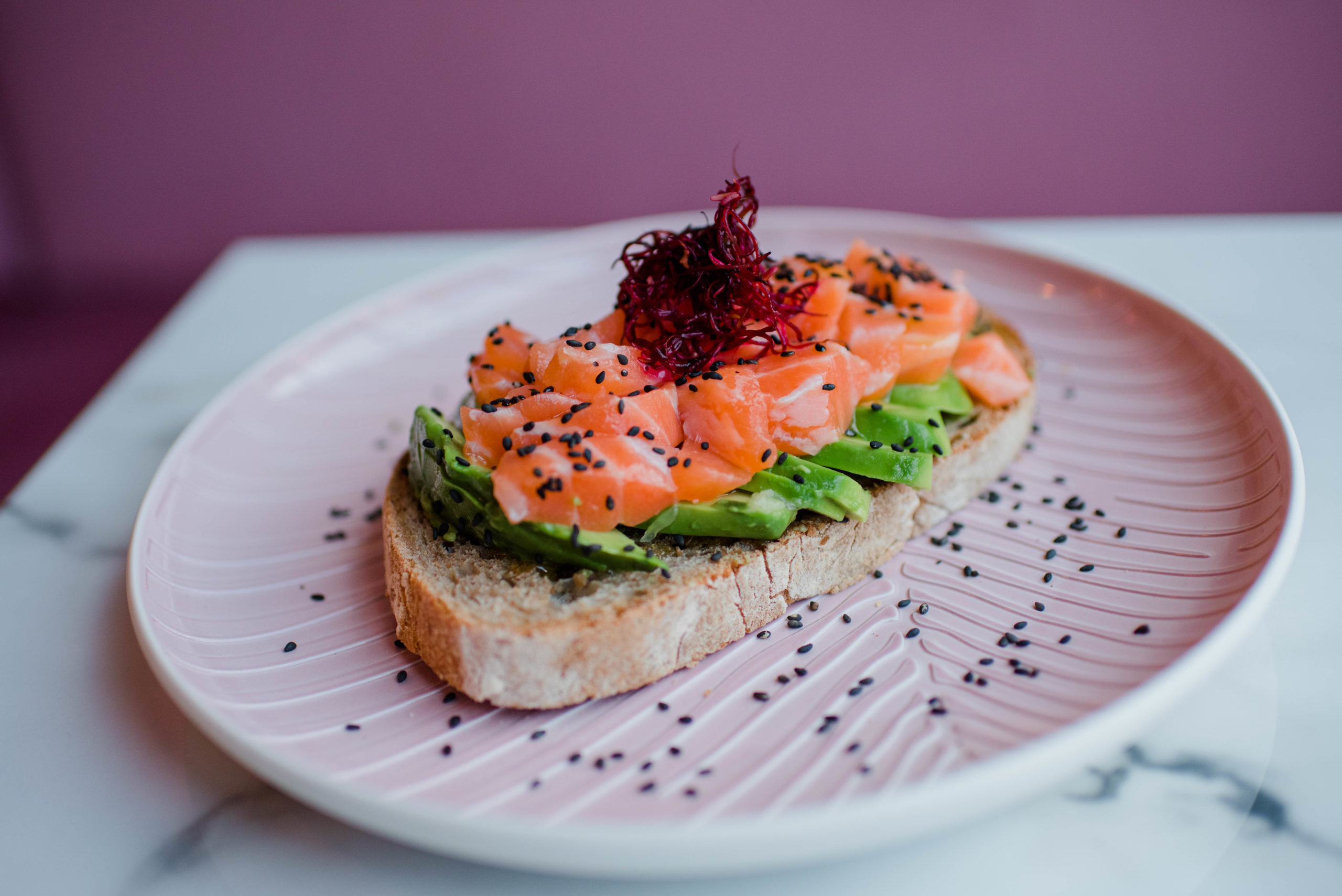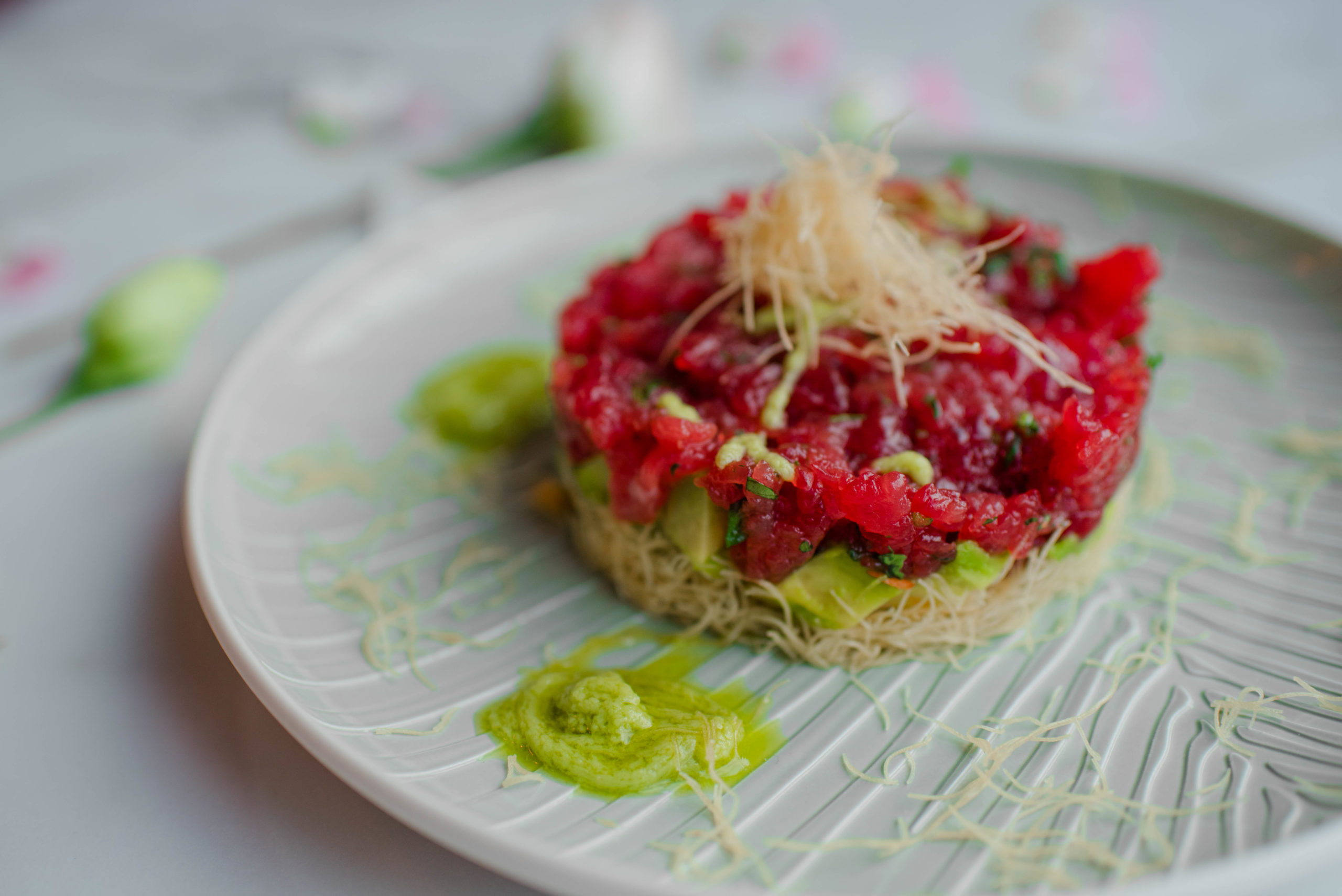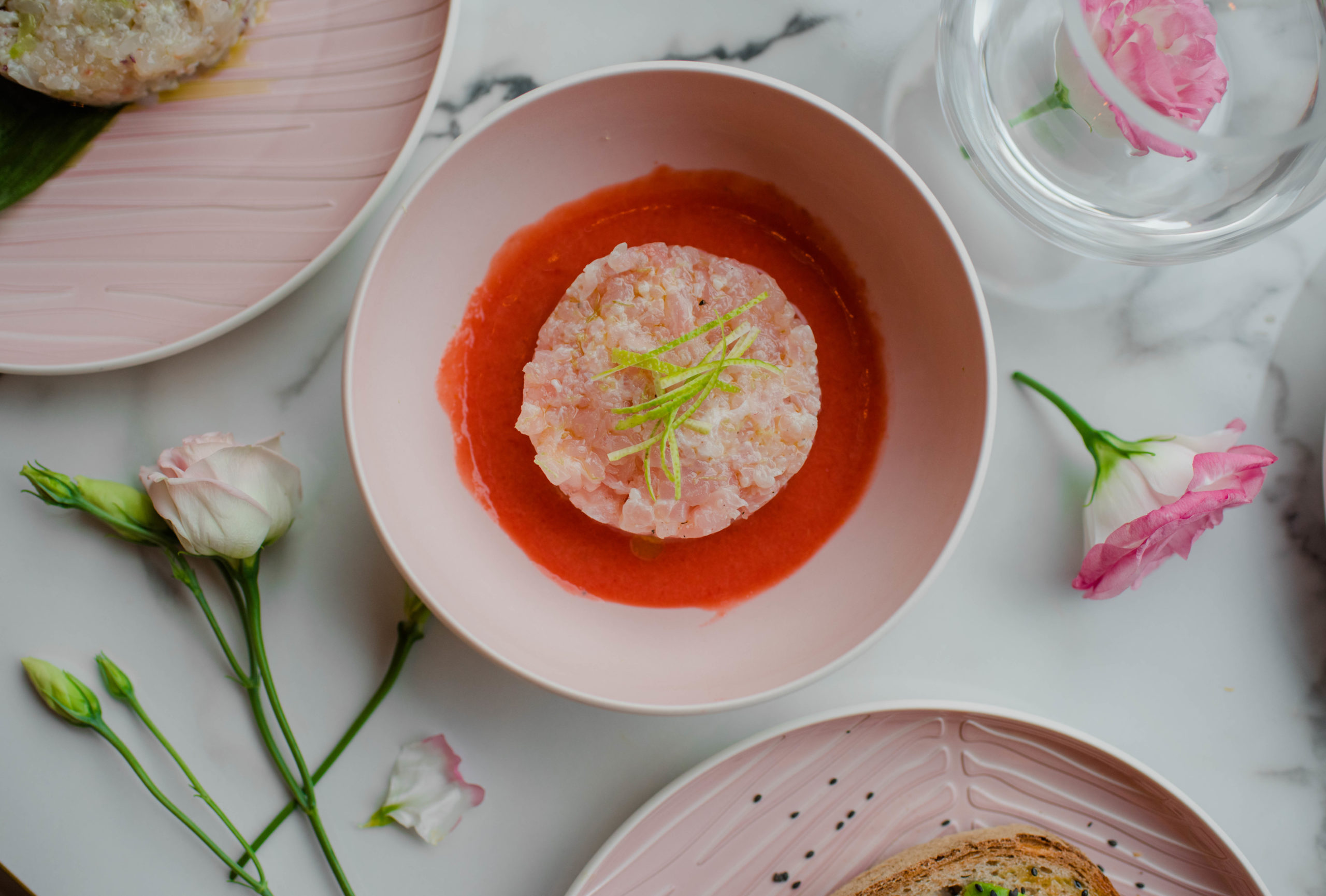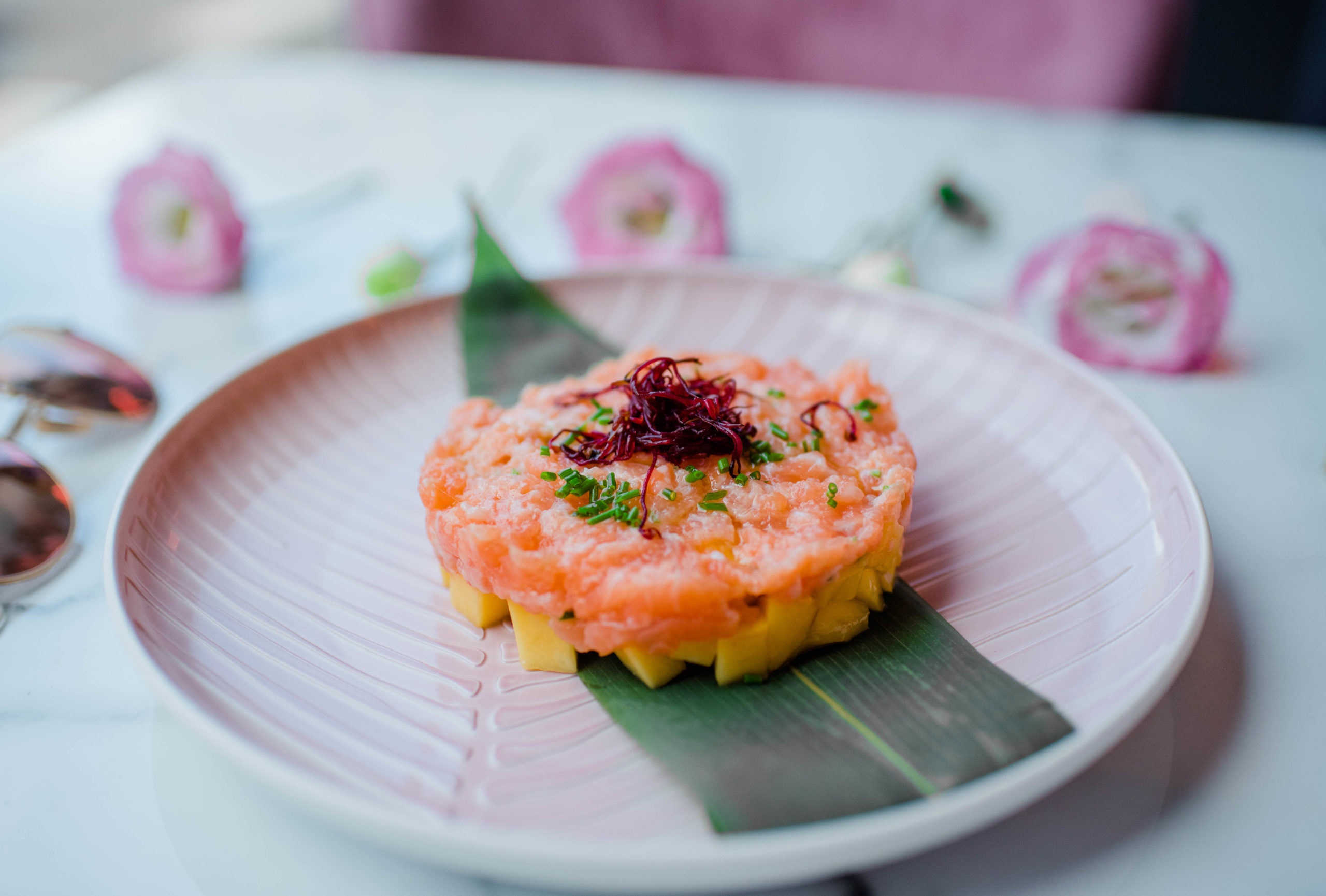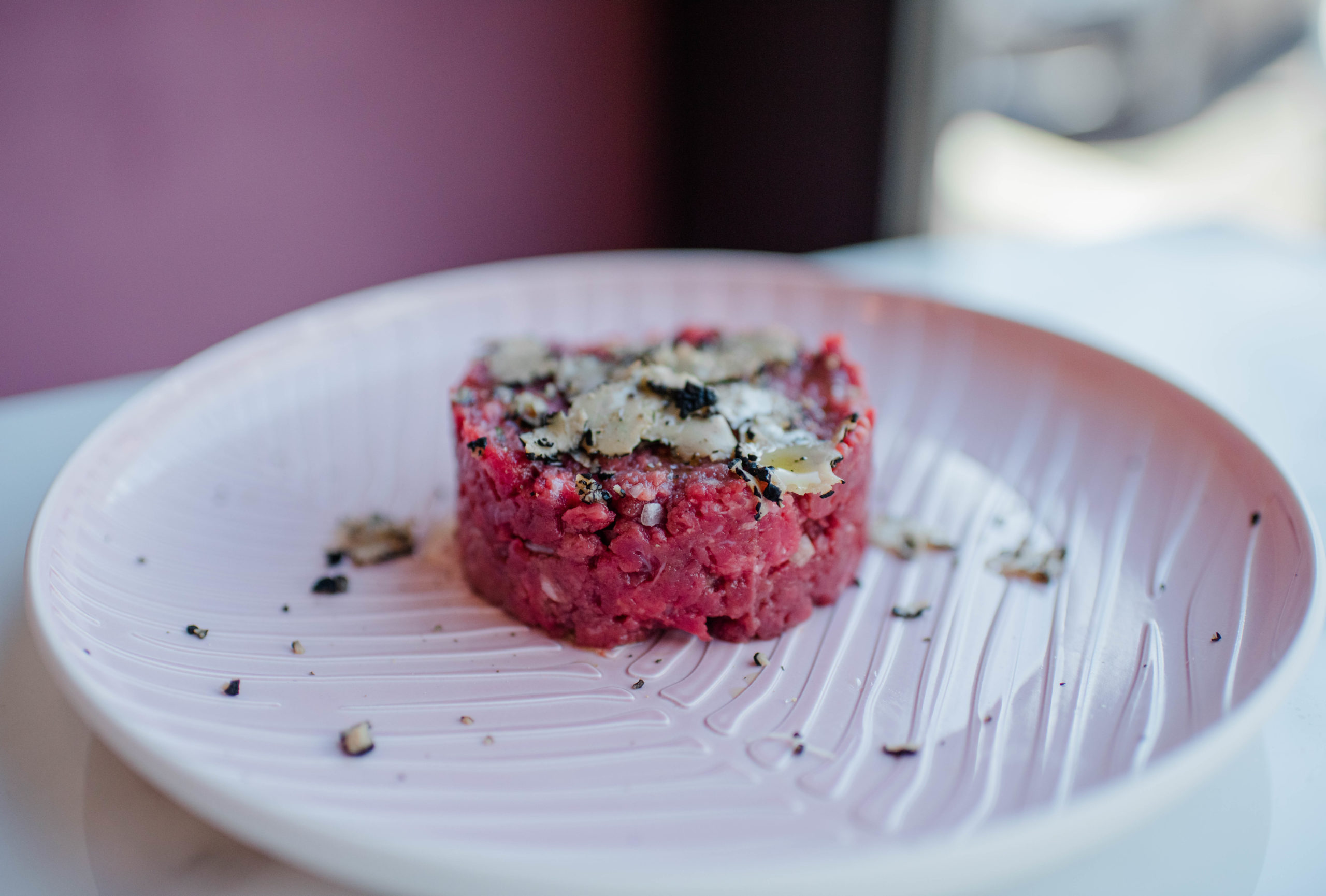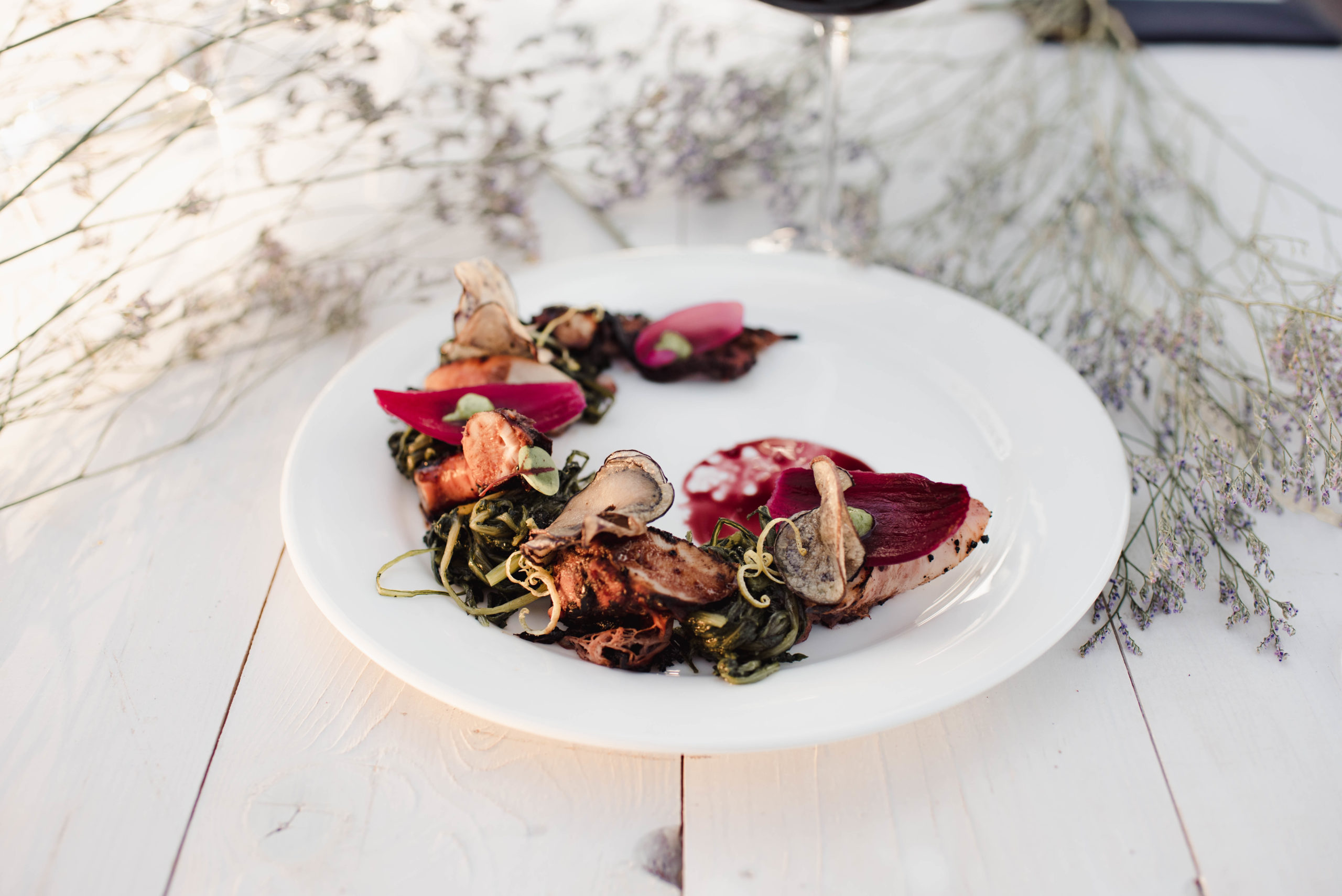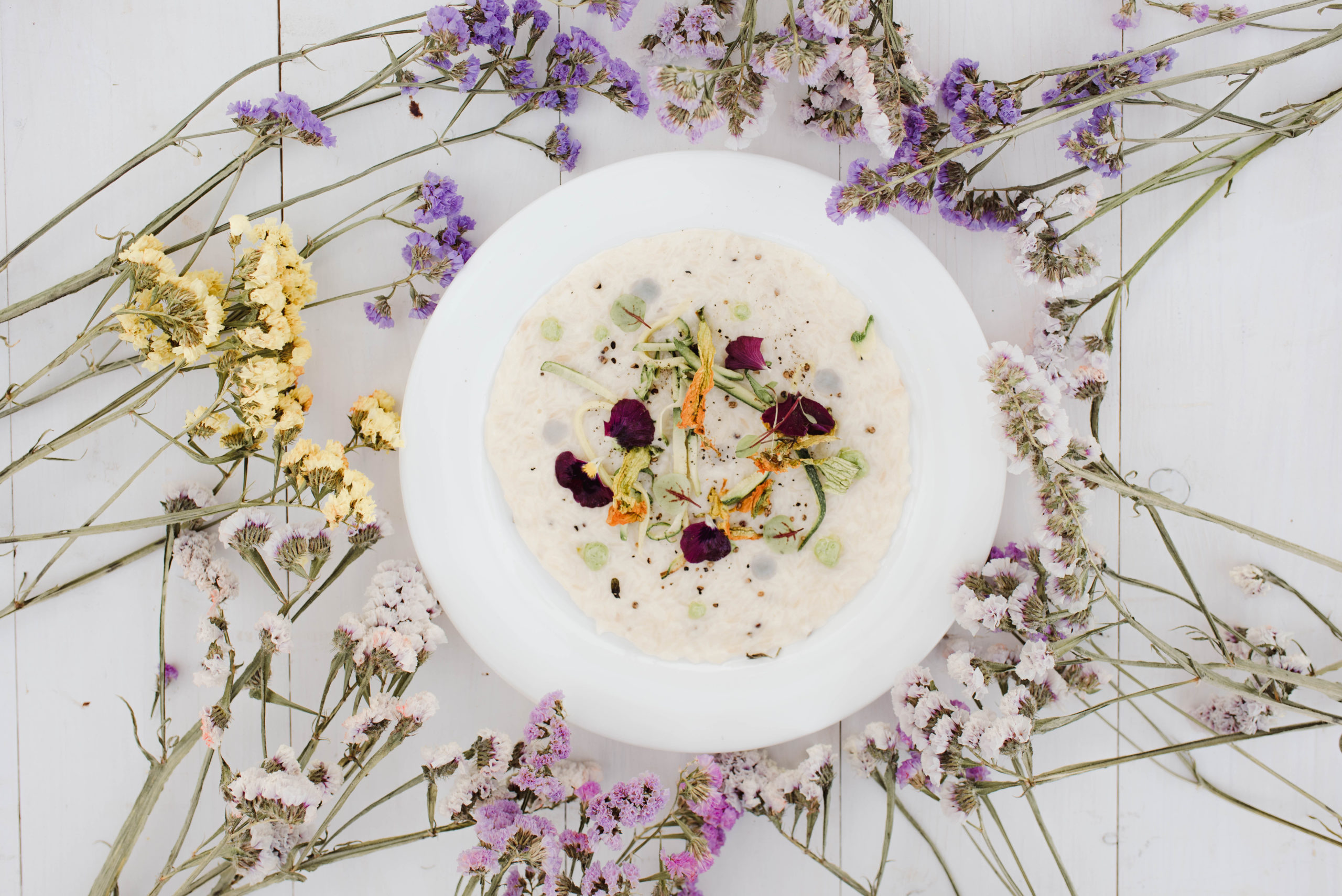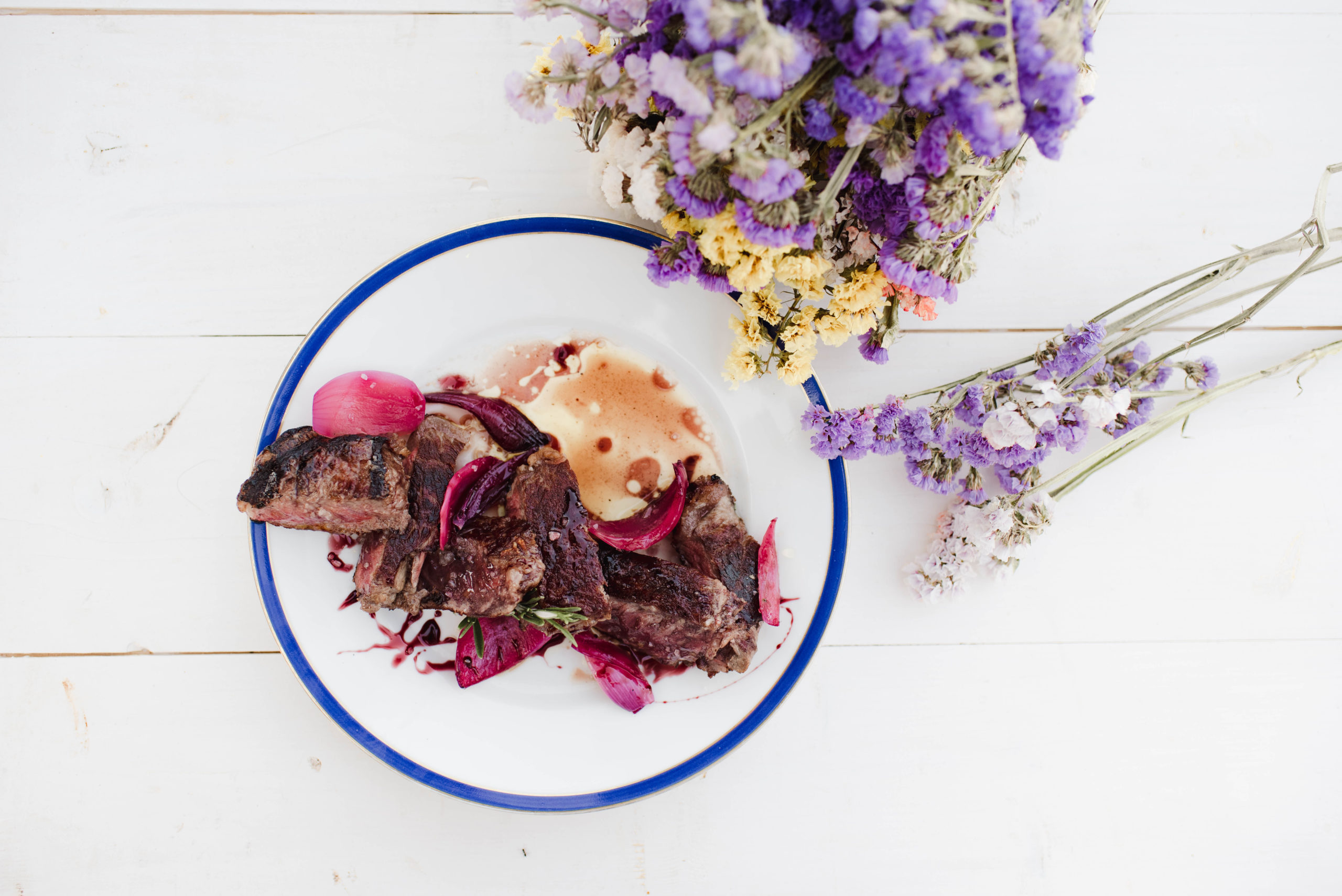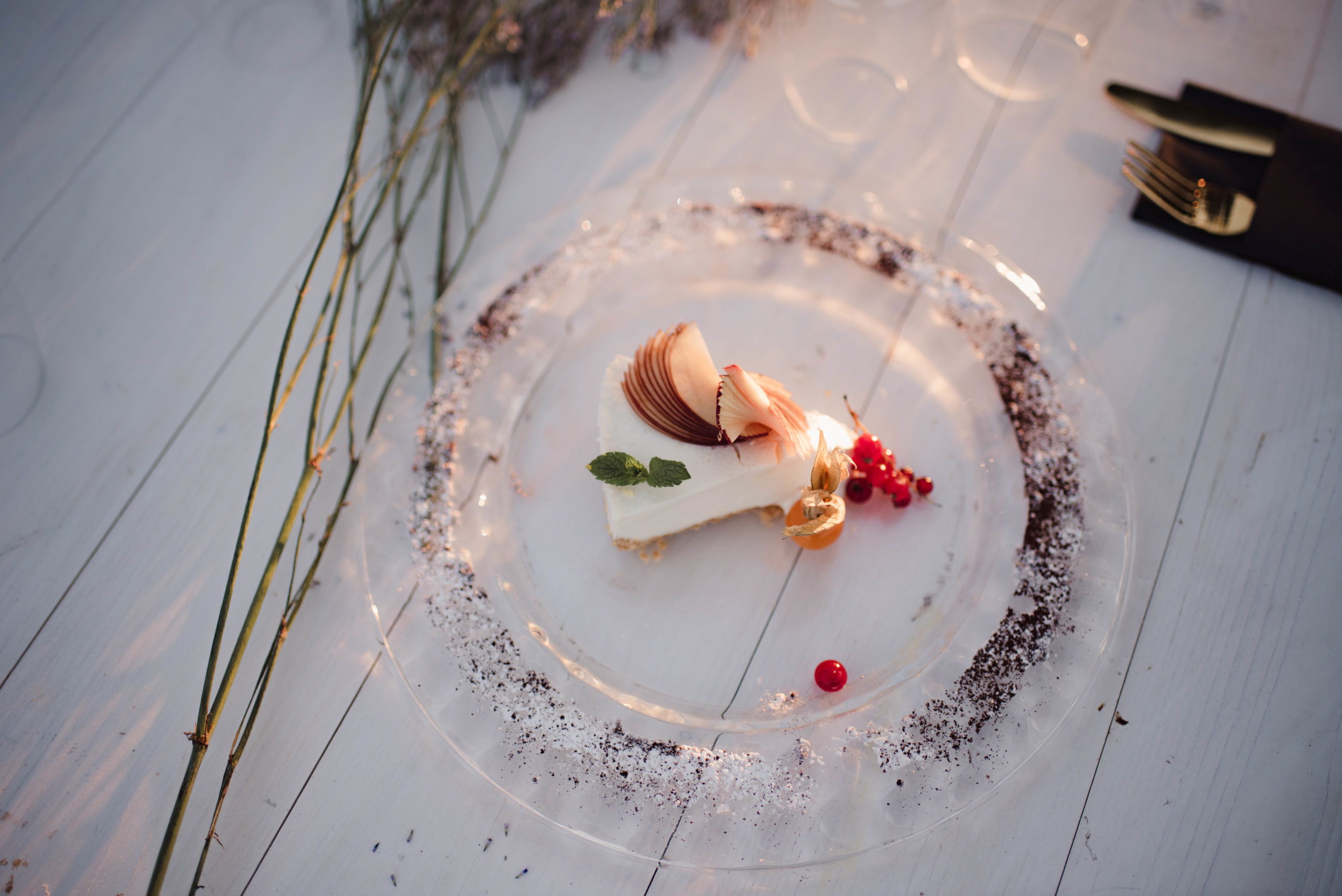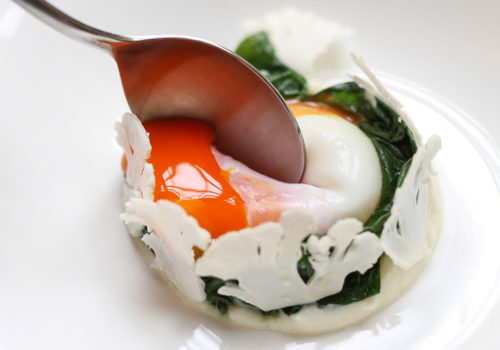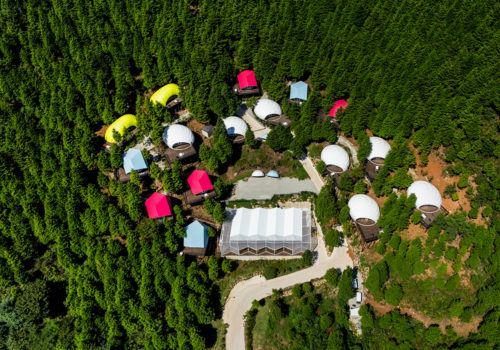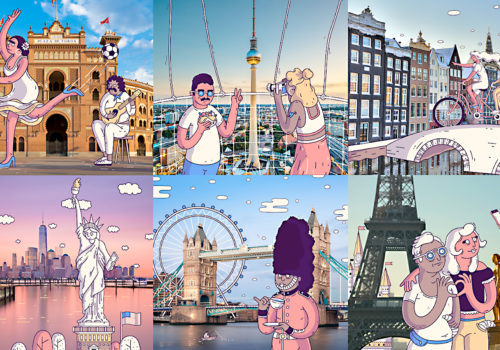From Trastevere to Piazza Navona to the Park of Appia Antica, three places where you can savour the taste of quality next door to history
Rome has so many new places to eat, restaurants that are tailored for people who are spending the summer in town or for visitors to the Eternal City. Of these, three in particular have built on the commitment of their owners and the choices they have made to create captivating menus, to successfully enhance the customer experience in contexts that are meticulously studied down to the last detail. The first is the story of an all-female partnership, the second based on the desire to bring the Romans back to live in the historic city centre, the third is an ancient villa that has become a restaurant with a pizzeria and a cocktail bar.
Our tour of the streets in the Capital city begins with the Rose Tartare Bar, the new bistro located in Trastevere, where daughter, mother and aunt have combined their forces and their abilities. Carlotta Santacroce, Alessandra and Fabrizia Cichetti, have founded a place with a name that evokes both the chromatic components of the space, and the female vocation of the project. The youngest is Carlotta, a twenty-six year-old Roman who recently completed the Academy of Costume and Fashion. Inspired by her travels, she began to imagine the future bistro. The other two partners were there to support her dream: Fabrizia, who as an interior designer was responsible for the image of the new space, and Alessandra, who has a strong passion for cooking, and believed from the very start in the ambitions of the young artist and entrepreneur.

Rose, Roma. Interiors by Fabrizia Cichetti. © Courtesy Ufficio Stampa Eleonora Siddi
“Be faithful to your dreams” is the claim with which Rose summarizes the philosophy of the bistro, a place where everyone can find their personal dimension, where the aesthetics are important, a place conceived for people who like to return to the places where they took their best photos in terms of light, composition of the dishes, design. “As for the dishes on our menu, we chose to make them colourful and photogenic – explains Carlotta. We believe that the first impact, the visual impact, is as fundamental as the flavour. My travel experiences have allowed me to draw inspiration from the many places that have embraced this trend in the major European capitals». It is in fact true that lots of people are looking for not only quality food, but the opportunity to immortalize their gourmet experiences, especially if they take place in “Instagrammable” spaces, and to share them on their social media.
Rose offers various types of dishes: from burgers made of Scottona beef, salmon or vegetarian ingredients, to falafel made of chickpeas and aubergines scented with turmeric and served with mango chutney, to name just a few. But the real protagonist of the menu is Rose à la tartare, in many different versions. In addition to the more common ones based on salmon or tuna, there are others made with amberjack, bream, Chianina or black angus beef. Even the pasta “feeds” on tartare. The menu also features spaghetti cacio e pepe with shrimp tartare, the mezzi paccheri pasta scented with lemon and served with scampi and pistachio tartare or spaghetti with garlic, oil and pepper flakes and bream tartare. Open at the moment for lunch, dinner and aperitifs, starting in September Rose will open at 10 am with the purpose of becoming an ideal place for healthy lunches, for organizing meetings or setting up workstations outside the home that are perfect for smart working.
The second restaurant in this Roman triptych is on the other side of the Tiber River, in Piazza Navona. This is the famous restaurant Camillo, open since 1890 thanks to four generations of the De Sanctis family, which is offering a renovated formula aimed at bringing Romans back to populate the historic city, which is now experienced mostly by tourists. Camillo thus seeks to cater to the needs of its Roman customers, to recreate the hub of urban aggregation in the square. The initial goal was to develop a completely new restaurant, which thanks to the new vital energy brought by Tommaso and Filippo, the sons of Enrico De Sanctis, would veer towards a more gourmet cuisine. But the lockdown and the effects of a semi-deserted piazza with a small number of Romans keeping their social distance, led the owners to gradually modify their goal, at least for the immediate future. The experimentation is evolving as we speak.
Filippo is responsible for the logistics and organization. Thanks to his degree in Business and Finance and his experience in the field of contemporary art and street art, he has also been put in charge of developing the company’s brand and its marketing. Tommaso, the mind behind every single dish at Camillo, worked for years in some of the most important kitchens in Rome. In his many travels abroad, he learned techniques in Asian and Indian cooking. Tommaso’s menu thus features a dialogue between these traditions and those of American and Italian cuisine. His dishes are agile, street and affordable, because every ingredient is made in house. The highlights of the menu, by chef Cristiano Catapano, in addition to the classics such as pasta with tomato sauce, carbonara, amatriciana and cacio-e-pepe, include dishes such as pasta “avvongole” (with chlorophyll and spirulina seaweed), Tuna and tomato mazemen, Umami Bomb strozzapreti pasta, the Beyond Burger, the Costolettburger and the Bao Bun stuffed with pork belly and Japanese sauces.
Moving from the centre towards the eastern quarter of the Capital, there is a restaurant that is perfect for people who prefer to be steeped in Nature while still remaining in the city. Villa dei Cesari, adjacent to the Archaeological Park of Appia Antica, is the context for the new restaurant Luce. The project, conceived by Iolanda Ambrosini, involved the conversion of the Villa, which before the health emergency was used for private events, ceremonies and meetings, into a restaurant surrounded by nature with a pizzeria and cocktail bar. The experience begins along a lit tree-lined path: this year the fireflies have reappeared, after years of absence, a coincidence that was inevitably linked to the name of the restaurant. The outdoor area has been completely decorated with open wooden installations shaped like igloos, furnished with hanging lights, carpets in various sizes and teal-blue cushions. In the kitchen Mirko Pagani, a Roman cook with twenty years of experience, is working to bring back the humble dishes of the regional Lazio tradition, renewed in their taste and in their presentation: they include Carnaroli rice supplì, Roman-style ossobuco with saffron and scent of thyme, the croquette trio of violet potatoes, truffle and ginger-flavoured mayonnaise, the Vegetarian carbonara with garden vegetables and caper dust.
© ALL RIGHTS RESERVED
translation by Olga Barmine


